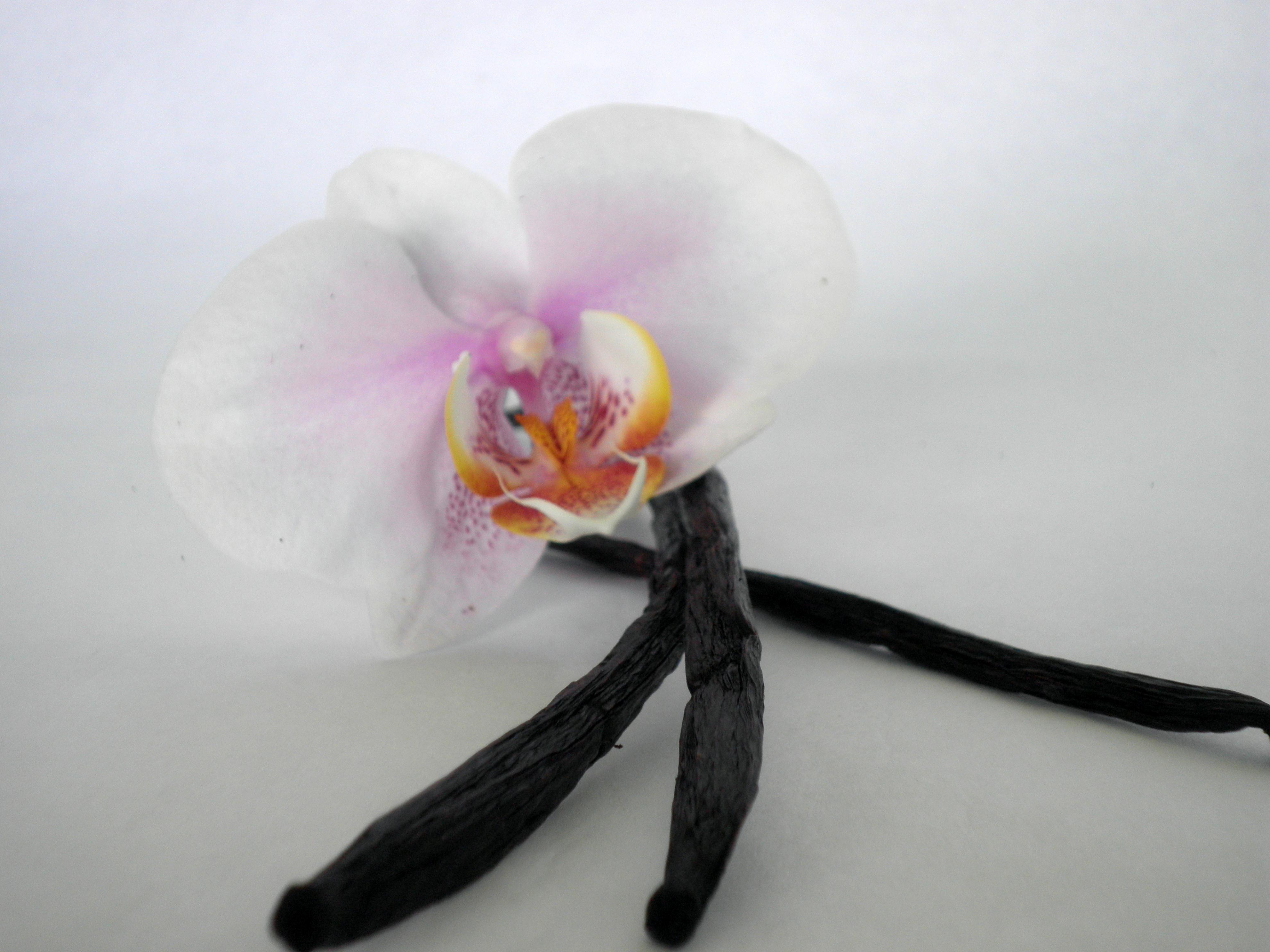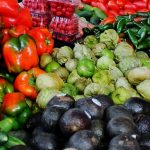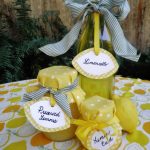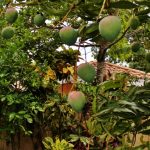 The origins of vanilla are as sweet as the spice itself. One of the three most expensive spices in the world, the vanilla bean is derived from two rare varieties of orchids, the Vanilla Plantifolia and the Vanilla Tahitensis. These orchids are only grown in a few tropical regions in the world. Like wine grapes, each region’s unique soil and climate conditions produce variances in flavor, ranging from subtle to dramatic.
The origins of vanilla are as sweet as the spice itself. One of the three most expensive spices in the world, the vanilla bean is derived from two rare varieties of orchids, the Vanilla Plantifolia and the Vanilla Tahitensis. These orchids are only grown in a few tropical regions in the world. Like wine grapes, each region’s unique soil and climate conditions produce variances in flavor, ranging from subtle to dramatic.
Top Vanilla Regions
Madagascar is considered to produce the very best vanilla in the world. Their beans come from the Plantifolia orchid. It embarks a rich, full-bodied, creamy flavor
Mexican vanilla is also highly regarded by foodies. This prized variety is also derived from the Plantifolia orchid. Mexican vanilla has a sweet and mild flavor.
A lesser known variety is produced in Papua New Guinea. This region is the leader in growing the Tahitensis orchid, which imbues the vanilla with a sweet, floral quality.
Uganda produces vanilla from thePlanitfolio orchid. Their rainy climate creates a bean that has subtle sweetness and balsamic undertones.
Indonesia produces a strong, uniquely flavored vanilla derived from the Plantifoloio orchid. It has a fruity flavor that is reminiscent of prunes.
Indian vanilla comes from the Plantifolio orchid. It has dark, woodsy notes, and although that sounds wonderful, this vanilla is of a lesser quality.
Cooking and Baking with Vanilla
The most common way people attain vanilla flavoring when cooking is through extracts. This makes obtaining the delicious vanilla flavor much more affordable and readily available in most pantries. Extracts are derived from soaking the vanilla bean in alcohol and water. Be sure to only buy the finest vanilla extracts for your baking and cooking, and completely avoid any imitations as you will be disappointed in their taste.
You can also make your own vanilla extract. This recipe is quite potent and you could water it down, but why would you want to?
Vanilla Extract Recipe
5 vanilla beans, halved and split lengthwise
1 cup good quality vodka, gold rum or brandy
Combine the beans and alcohol in a glass jar, preferably the glass will be a dark color. Make sure it is properly sealed and store it in a cool, dark place for two weeks. Once a day, shake it. In two weeks you will have strong, delicious extract. The shelf life is one year. Enjoy or share. This makes a wonderful gift.
Vanilla brings a subtle warmth to many dishes, even if it isn’t the featured flavor. It has the ability to draw out other flavors in a recipe. Believe it or not, it even makes chocolate taste more chocolaty. When baking, add the extract exactly when the recipe calls for it. When cooking, always add the extract at the end, once the cooling process has begun. This prevents burning off some of the delicious flavor.
You can also use the bean itself when baking and cooking. The pure flavor will add intensity and authenticity to the dish. To access the flavor, split the bean lengthwise with a knife. Then scrape off the tiny black seeds with the edge of the knife. Be frugal and don’t waste a smidge.
Use this equation when substituting the bean for extract in a recipe:
1 inch of a split bean = 1 teaspoon extract
Vanilla is one of the most universally loved flavors on earth. Please have fun tasting different varieties and experimenting cooking with the actual bean. When you see those distinctive black dot speckling a dish, you are just about guaranteed to tickle your taste buds’ fancy.
You can find good vanilla extracts in every grocery store. Highest quality extracts and vanilla beans can be found at specialty food shops. Here is one I have in my pantry that I absolutely love:






Leave a Reply